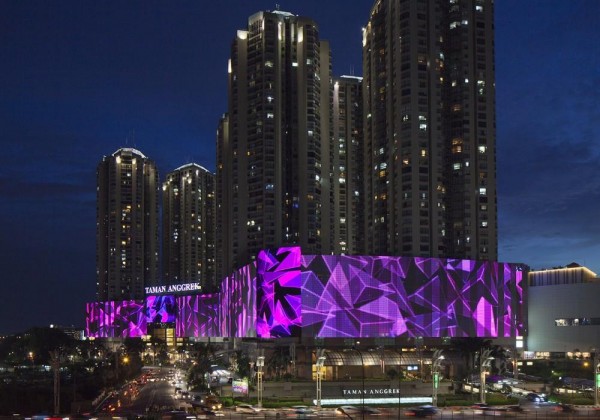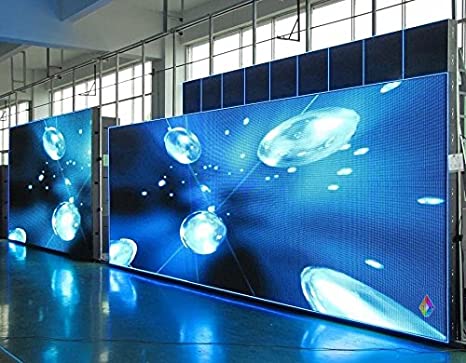The sudden new crown epidemic has become the biggest variable affecting the world, and China’s LED display application industry has also experienced historic shrinking, which shows how severe the impact on the industry is. This crisis has or is changing the industry profoundly, and those companies that are not aware of worry or comfortable with the status quo are destined to be eliminated by the times sooner or later. Crisis can also be a mirror to compare our shortcomings, and hope that companies still in dire straits can be reborn in adversity.

How to distinguish the LED screen is good or bad? Hope the following VIOS will give you some inspiration.
1. Flatness The flatness of the surface of the LED display should be within ±1mm to ensure that the displayed image is not distorted. Local protrusions or recesses will cause a blind spot in the viewing angle of the display. The quality of flatness is mainly determined by the production process.
2. Brightness and viewing angle The brightness of the indoor full-color screen must be above 800cd/m2, and the brightness of the outdoor full-color screen must be above 1500cd/m2 to ensure the normal operation of the display, otherwise it will be difficult to see clearly because the brightness is too low. The displayed image. The brightness is mainly determined by the quality of the LED die.
The size of the viewing angle directly determines the audience of the display screen, so the larger the better. The size of the viewing angle is mainly determined by the packaging method of the die.

3. White balance effect the white balance effect is one of the most important indicators of the display screen. In color science, pure white will be displayed when the ratio of the three primary colors of red, green and blue is 1:4.6:0.16. If there is a slight deviation in the actual ratio, there will be a deviation in white balance. Generally, pay attention to whether the white is blue or yellow. Green phenomenon. The quality of the white balance is mainly determined by the control system of the display, and the die also has an impact on the color reproduction.
4. The reducibility of color The reducibility of color refers to the reducibility of the display screen, which means that the color displayed on the display screen must be highly consistent with the color of the playback source, so as to ensure the realism of the image.
5. Whether there is mosaic or dead spots. Mosaic refers to the small four squares that are always bright or black that appear on the display screen. It is the phenomenon of module necrosis. The main reason is that the quality of the connectors used in the Full color LED display screen is not good enough.
Dead point refers to a single point that is always bright or black that appears on the LED display. The number of dead points is mainly determined by the quality of the die.
6. With or without color block Color block refers to the obvious color difference between adjacent modules. The color transition is based on the module. The color block phenomenon is mainly caused by the poor control system, low gray level, and scanning Caused by lower frequency.
Media Contact
Company Name: Shenzhen Vios Electronic Technology Co., Ltd
Email: Send Email
Phone: + 86 0755-86902546
Address:Room C411 Floor 4, C Building, Sijixingcheng, Zhenming Road No.161, Gongming Town
City: Shenzhen
State: Guangdong
Country: China
Website: https://leyarled.com/
